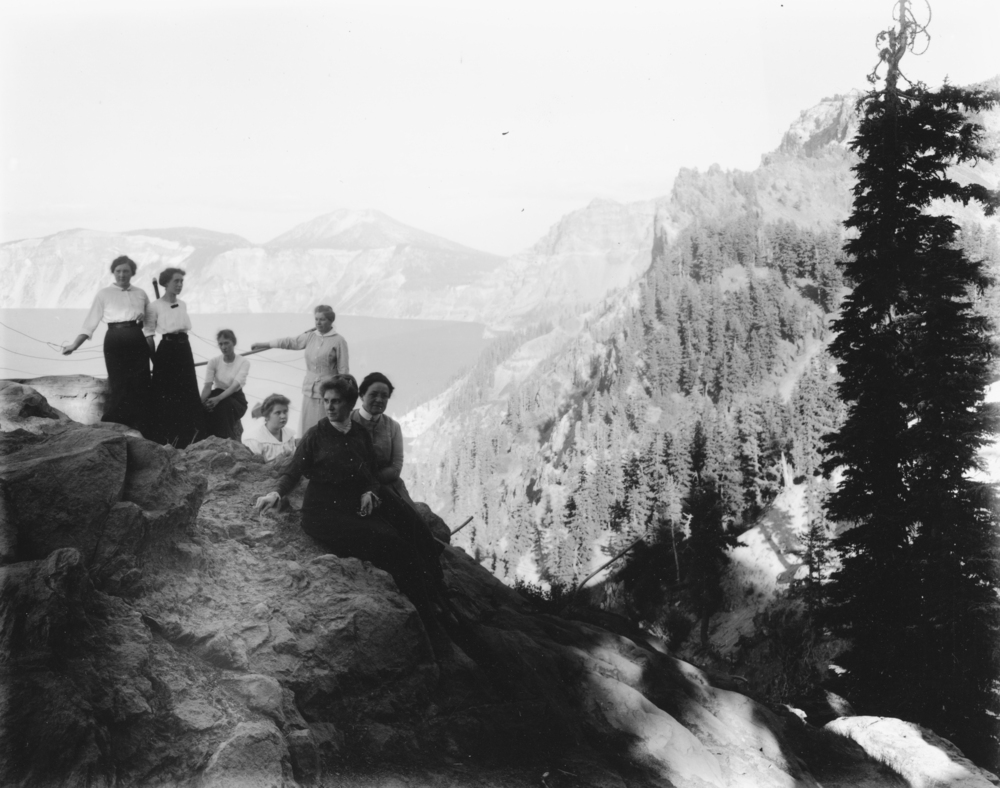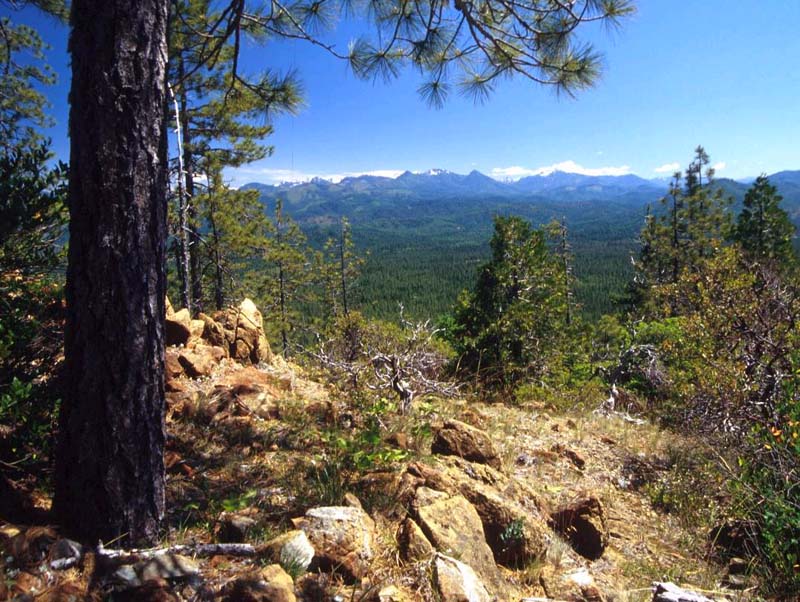Although by training a forester, Frederick William Cleator served as one of the first recreational planners in the U.S. Forest Service and, for much of his career, as a landscape architect. He played a key role in how the Forest Service included recreation in its management of national forests in Oregon and Washington. He traveled extensively from his office in Portland, taking up such projects as the Oregon Skyline Trail, future wilderness areas (then called primitive areas), campgrounds, summer home developments, and concessionaire-operated resorts in places such as Government Camp, Odell Lake, Oregon Caves, and Union Creek.
Born in 1883 and raised in Minneapolis, Minnesota, Fred Cleator attended the University of Minnesota before passing the civil service exam for forestry. He joined the U.S. Forest Service in 1908 and spent ten years as a forest ranger in Washington State. Since 1905, when the agency was established in the U.S. Department of Agriculture, the Forest Service had focused on timber, grazing, and watershed protection. That trinity of uses on the national forests started to expand in about 1915 to include managing for recreation, largely because of public demand for recreational facilities but also because of positive results on several pilot projects. One of those projects was at Eagle Creek in the Columbia River Gorge in Oregon, where the Forest Service built its first campground and trail specifically for recreation.
Cleator married Marjorie Monteith in 1914; they had one daughter. In 1917, Cleator was transferred to a new recreation branch of the USFS at its regional office in Portland. His first high-profile assignment, in 1920, centered on finding a route for a scenic road in the High Cascades between Mount Hood and Crater Lake. The agency’s enthusiasm for an Oregon Skyline Highway cooled, however, largely because of the cost; and by the mid-1920s the project, under Cleator’s direction, had become the Oregon Skyline Trail. The trail, created for hikers and equestrians, extended from the Columbia River near Cascade Locks to twenty-five miles shy of the California state line in 1936.
Cleator regularly reported on the progress being made toward making all 350 miles of the Oregon Skyline Trail into a hiking route. That meant eliminating roads from the trail, establishing camping spots, and building safety shelters, but also connecting with trails for every major peak along the way. His vision for the Oregon Skyline Trail included supporting what the Forest Service initially classified as primitive areas—Mount Hood, Mount Jefferson, Three Sisters, and Mountain Lakes—that were traversed by or reachable from the trail and that later became part of the National Wilderness Preservation System, created in 1964. Cleator also promoted a Cascade Crest Trail through Washington to British Columbia. Portions of both trails were later incorporated into the 2,650-mile-long Pacific Crest Trail, which was officially completed in 1993.
Away from the high country, Cleator’s talent for planning and design found expression in laying out sites on national forest land for summer homes to be built privately but under a lease from the federal government. He also took on the role of landscape architect for the Forest Service, making contributions that included creating site plans for recreational developments and designing trails.
Cleator retired in 1943 after thirty-five years with the Forest Service. He remained in Portland, where he devoted time to the Boy Scouts and the Trails Club, leading hikes and organizing tree plantings. He was also part of a citizen network that supported the establishment of Forest Park, a 5,170-acre city park in Portland, and has been credited with being one of the project’s founders. The park was dedicated in August 1948.
A few months before the dedication ceremony, Cleator embarked on a second career when he took a job with Washington State Parks. Over the next several years, he held positions as recreation technician, assistant director, and forester. He retired in January 1956 at the age of seventy-two. Just over a year later, on February 2, 1957, he died of heart disease in Seattle.
Mount Cleator in Washington's Glacier Peak Wilderness and Cleator Bend Campground on the Willamette National Forest near Breitenbush, Oregon, are named for him. His papers are in the collections of the University of Oregon Archives and the Oregon Historical Society Research Library.
-
![]()
Fred Cleator, c.1938.
Courtesy University of Oregon Libraries
-
![]()
Skyline Trail guide, 1936, U.S. Forest Service.
Oregon Historical Society Research Library, G4232.P3 1936.U54
-
![]()
Oregon Skyline Trail map, U.S Forest Service, 1936.
Oregon Historical Society Research Library, G4232.P3 1936.U54
-
![]()
Fred Cleator and Bob Marshall (center) with others from the U.S. Forest Service, Umpqua River, c.1938.
Courtesy University of Oregon Libraries
-
![]()
Forest Service truck near Waldport, photo by Frederick Cleator, 1930.
Courtesy Oregon State University Libraries
Related Entries
-
![Crater Lake National Park]()
Crater Lake National Park
Crater Lake National Park, which the U.S. Congress set aside in 1902, i…
-
![Forest Park]()
Forest Park
Forest Park is a unique and impressive recreational and scenic area est…
-
![National Forests in Oregon, 1892 to 1933]()
National Forests in Oregon, 1892 to 1933
The first forest reserves in the state were established in 1892-1893, a…
-
![Willamette National Forest]()
Willamette National Forest
The Willamette National Forest stretches along the western slope of …
Related Historical Records
Map This on the Oregon History WayFinder
The Oregon History Wayfinder is an interactive map that identifies significant places, people, and events in Oregon history.
Further Reading
Barker, Stuart. “The Oregon Skyline Trail: Evolving Attitudes Toward Nature Tourism.” Oregon Historical Quarterly 120.1 (Spring 2019): 46-73.
Caldbick, John. “Cleator, Frederick William (1883-1957).” HistoryLink, January 30, 2012.
Williams, Gerald W. The U.S. Forest Service in the Pacific Northwest: A History. Corvallis: Oregon State University Press, 2009.









